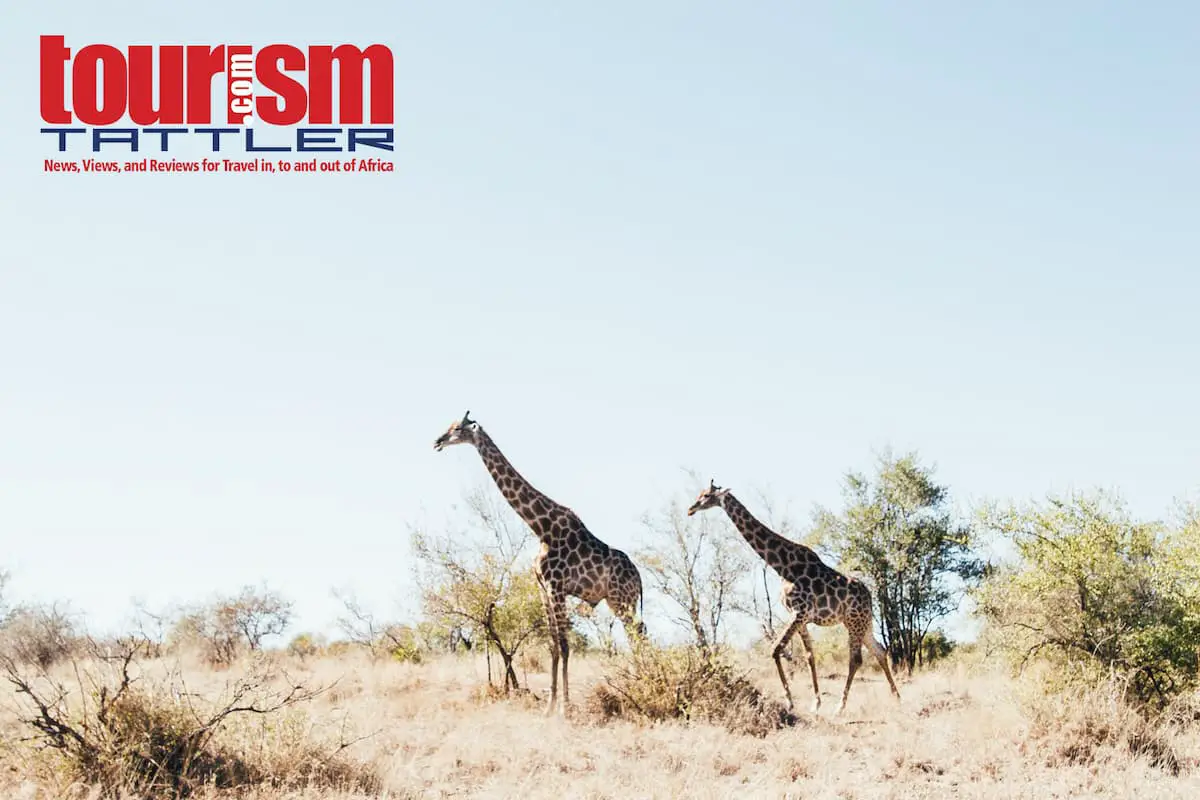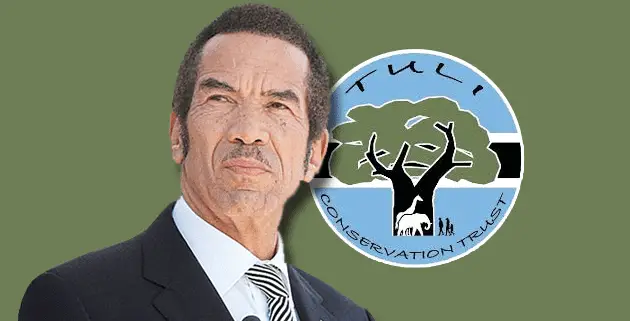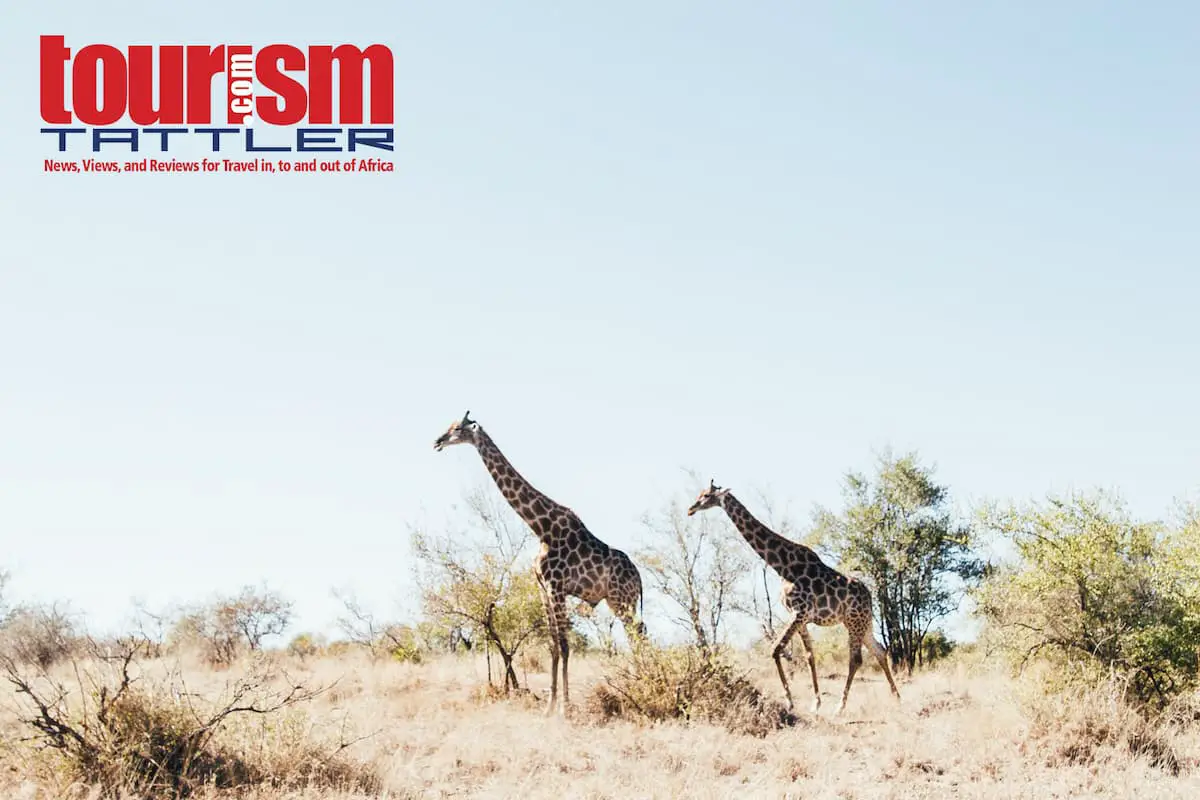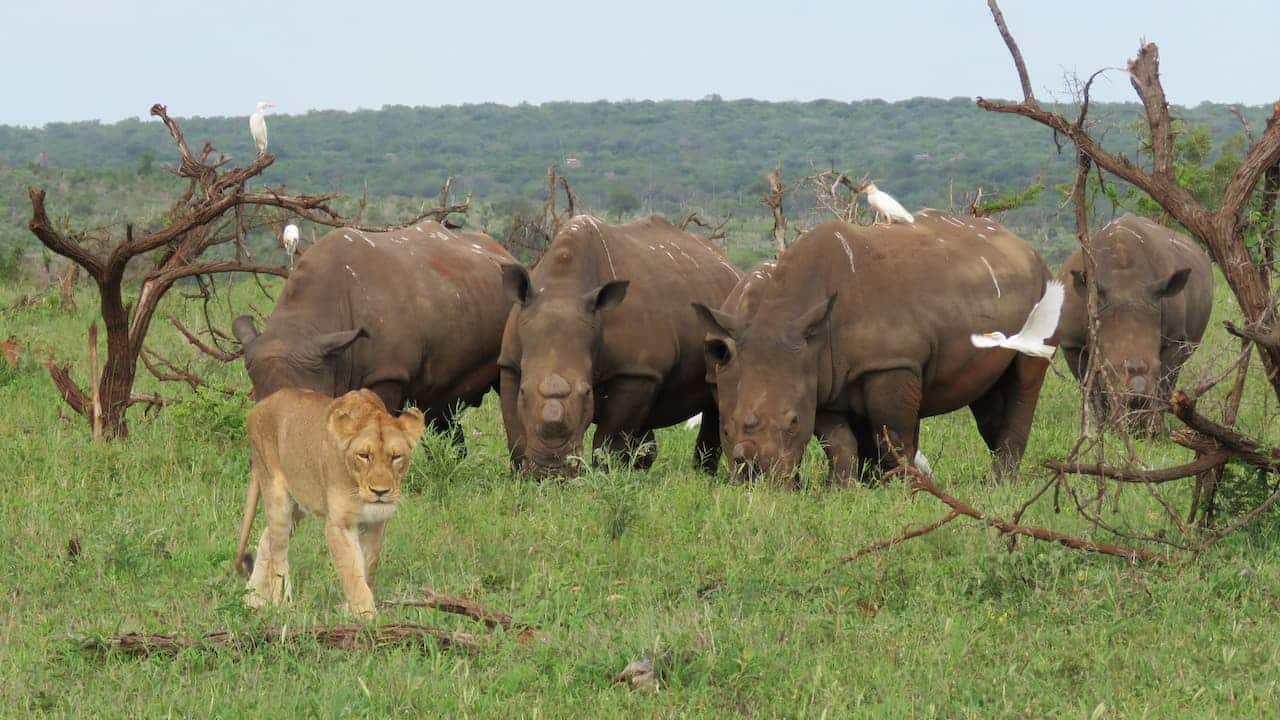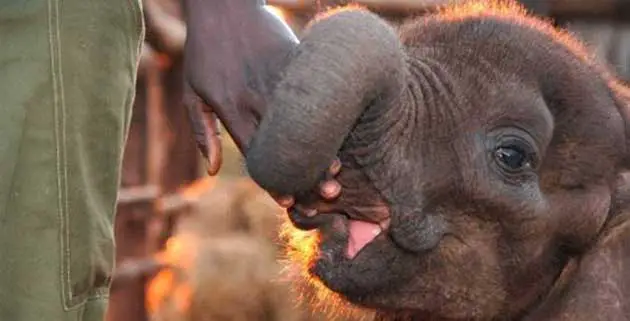Power Lines Driving Cape Vultures to Extinction
VulPro, an NGO that works tirelessly to safeguard Africa’s vulture population through rescue and rehabilitation, has warned that unless urgent action is taken, South Africa’s electrical grid could be driving South Africa’s endemic Cape Vulture (Gyps coprotheres) towards extinction.

Said Kerri Wolter, founder and manager of VulPro: “The tragedy of this latest unacceptably high tally is that it is possible to proof power lines to prevent these mortalities from happening. For our team, the death by electrocution of the oldest of our captive-bred chicks, which was released last year on 8 November to help supplement the wild bird population, hit us particularly hard. The unsafe electricity grid should be seen as a priority for the survival, in particular, of the endemic Cape Vulture. We have a responsibility internationally to safeguard this iconic species.”
Cape Vultures are classified as globally endangered with fewer than 4200 breeding pairs left (putting them on par with the endangered black rhino which a population of around 5 000 animals). They are slow breeding, reaching maturity between five and seven years of age and laying one egg a year. As the only endemic vulture species in southern Africa, they have already become extinct as a breeding species in Namibia, Zimbabwe and Swaziland.

Vultures travel vast distances in search of food, water sources, and breeding sites. They often use power line structures to roost on as these offer a safe, elevated, vantage point from where they can easily lift-off and climb thermals. More often than not, power line related injuries maim birds for life, with no chance of being re-released back into the wild. Collisions usually result in broken wings and legs which may need amputation and/or pinning, whilst electrocutions nearly always result in a fatality.
During the past three-year period, a total of 56 vulture fatalities were recorded during VulPro’s power-line surveys. Since January-December 2017, another 40 vulture fatalities were recorded. This indicates an average loss of three vultures per month due to power line incidents. In addition, since 2015, 422 vultures (Cape, White-backed and Lappet-faced) have been found by members of the public, landowners, and farmers, dead or injured due to power lines. These are only the cases which are reported to VulPro; the figure, in reality, will far surpass this.
About VulPro: VulPro is an NGO that approaches vulture conservation in an integrated, multidisciplinary fashion, with the benefits from the programme accruing to both vultures and society at large. VulPro combines education and good science, with networking, capacity building and knowledge generation. The veterinary disciplines of toxicology, pharmacology, clinical pathology and medicine are combined with the science of GSM/GPS telemetry and the banking of genetic and DNA resources, with the goal being to positively influence the well-being of our natural resources to ultimately benefit society. In this regard, VulPro engages in a number of interrelated activities, and uses a variety of resources, in endeavouring to meet its objectives.
For more information visit www.vulpro.com

